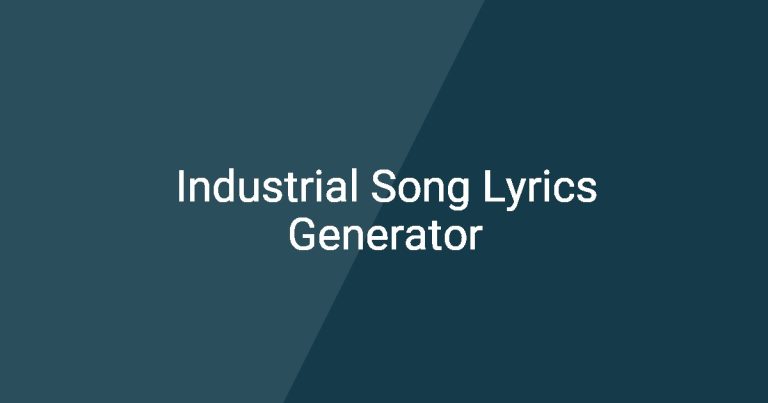The ios logging generator is a tool that helps developers create structured logging messages for their iOS applications. This ios logging generator simplifies the process of generating logs that can be easily analyzed for debugging and monitoring.
Instruction
To get started with this ios logging generator:
1. Enter the required parameters in the provided fields according to your logging needs.
2. Click on the “Generate Log” button to produce a structured log message.
What is ios logging generator?
The ios logging generator is a handy tool designed to assist developers in creating formatted log messages for their iOS applications. It streamlines the logging process by allowing users to define log inputs and generate consistent, readable output that is essential for debugging and monitoring applications.
Main Features
- Customizable Log Levels: Choose from various log levels such as info, warning, and error to tailor the generated message according to its severity.
- Easy Output Format: The generated logs are formatted easily for compatibility with common logging frameworks in iOS.
- User-Friendly Interface: Intuitive design allows users to quickly enter parameters and generate their logs without steep learning curves.
Common Use Cases
- Creating custom logs for debugging during app development.
- Generating structured logs for monitoring app performance.
- Facilitating error tracking by producing detailed error log messages.
Frequently Asked Questions
Q1: How do I use the ios logging generator for my project?
A1: Simply input your logging parameters into the generator and click “Generate Log” to create your log message.
Q2: What log levels can I choose from with this generator?
A2: You can select from various log levels including info, warning, and error to specify the urgency of your log messages.
Q3: Can I customize the log format generated by the ios logging generator?
A3: Yes, the generator provides options to customize the log format to fit your preferred logging framework requirements.



